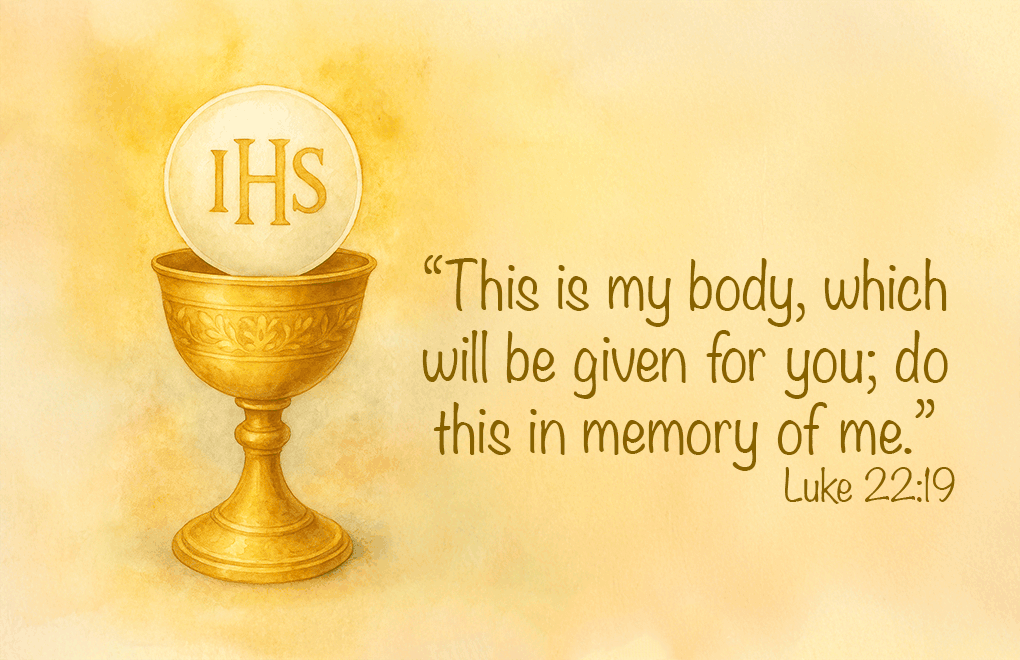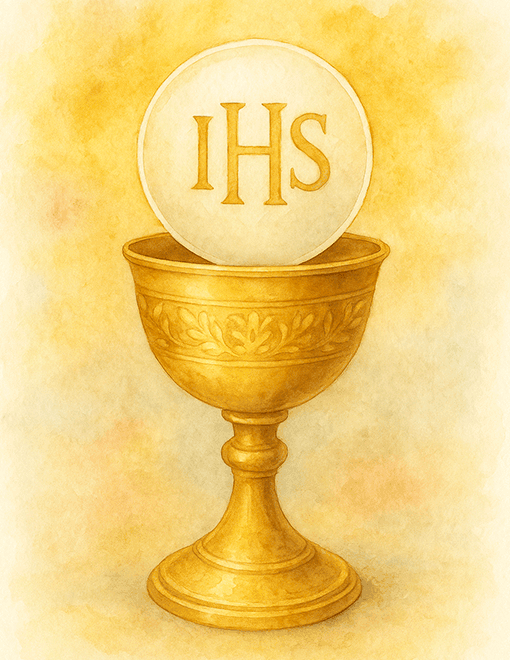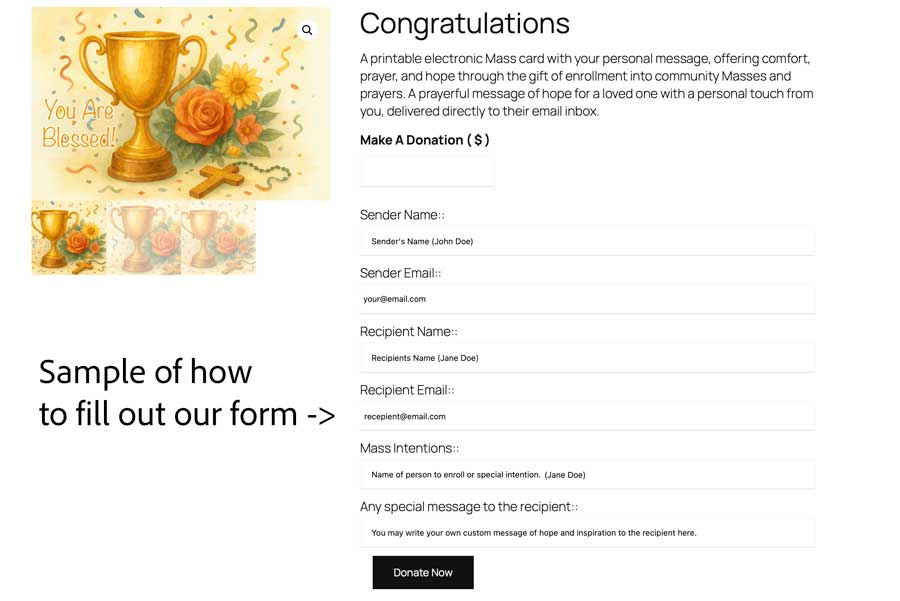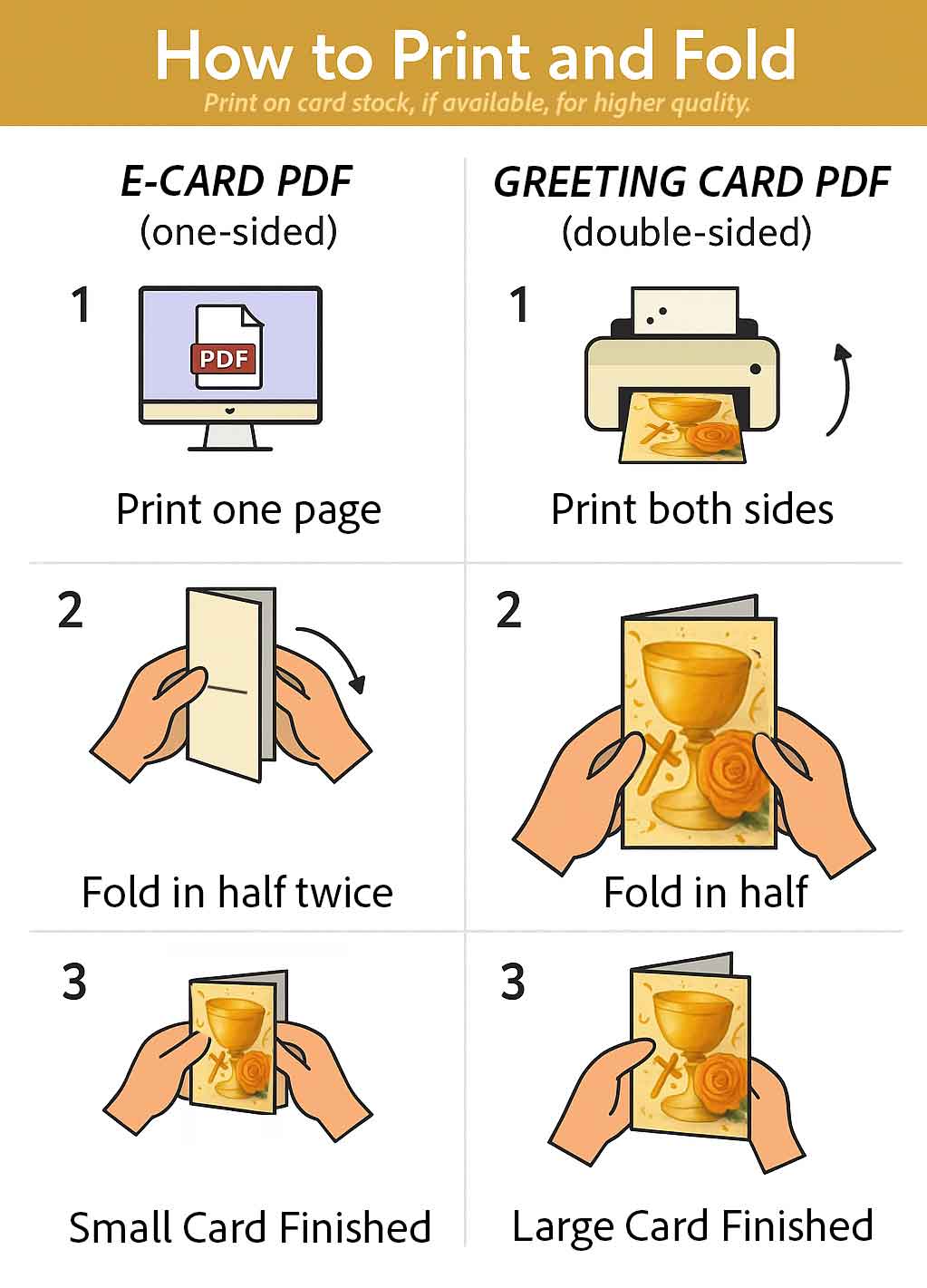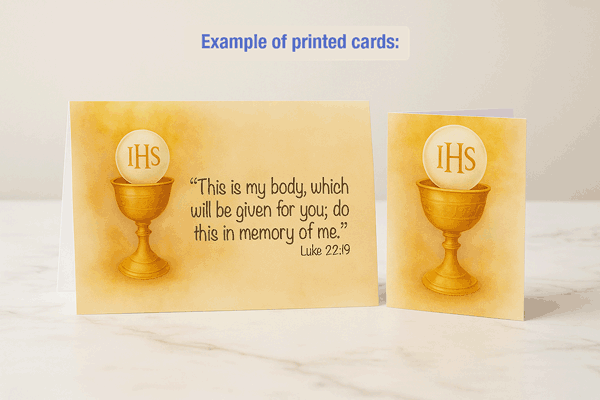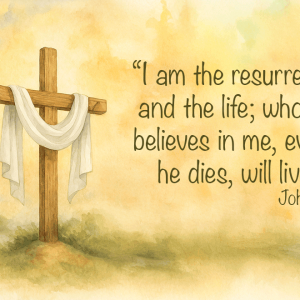Your cart is currently empty!
Language During Mass
Bible Differences Between Countries and Cultures
Many Catholics have noticed that Mass in Canada sounds slightly different from Mass in the United States. The prayers and readings follow the same rhythm, yet familiar verses can sound a little different. A line from the Psalms may use one word in Canada and another in the United States. These differences often raise a question: Why does the same Mass sound different across borders?
The answer lies in translation. The Liturgy of the Word depends on an approved translation of Scripture, called the lectionary. Each bishops’ conference is responsible for preparing and approving this translation for use in its territory. In English-speaking countries, this means that the Canadian Conference of Catholic Bishops (CCCB) and the United States Conference of Catholic Bishops (USCCB) each oversee their own version, with final approval from the Holy See.
Canada’s lectionary is based on the New Revised Standard Version, Catholic Edition (NRSV-CE). The United States uses the New American Bible, including its updated Revised Edition (NABRE). Both versions were developed with deep respect for Scripture and approved through the same process. While the language may sound slightly different, both proclaim the same Word of God.
The Church has always embraced different languages and expressions of faith. From the first Pentecost, when the Holy Spirit enabled people to hear the Gospel in their own tongue, the Church has known that one truth can be spoken in many voices. The early Christians prayed in Greek, Latin, and other local languages. Today, the Mass continues to reflect that diversity.
English itself varies from place to place. The English spoken in Toronto carries a different rhythm than the English of Chicago or New York. The same happens in Scripture. One translation might read, “The Lord said to his servant,” while another says, “The Lord spoke to his servant.” A psalm verse might say, “Happy are those who trust in the Lord,” while another reads, “Blessed are they who put their trust in the Lord.” The phrasing changes, but the meaning remains the same.
Consider the words of Isaiah. In the American lectionary we hear, “So shall my word be that goes forth from my mouth; it shall not return to me void.” In the Canadian lectionary the same passage reads, “So shall my word be that goes out from my mouth; it shall not return to me empty.” The words “void” and “empty” differ slightly in sound, yet both proclaim the same truth: God’s Word fulfills its purpose and never fails.
The Evolution of the U.S. Lectionary
In the United States, the process of refining the biblical text has unfolded slowly and carefully. The New American Bible (NAB) was first published in 1970. It reflected the Church’s desire, after the Second Vatican Council, to make Scripture accessible in the language people spoke every day. Over time, scholars discovered new ancient manuscripts and learned more about the languages of the Bible. As the English language continued to evolve, the Church revised the text so that it could be understood clearly when proclaimed aloud.
In 2011, the New American Bible, Revised Edition (NABRE) was released. It offered more precise translations and closer attention to the biblical sources. This effort was part of a broader renewal that also touched the language of the Mass itself. That same year, a new English translation of the Roman Missal was introduced.
One example appears in the words before Communion. For many years Catholics said, “Lord, I am not worthy to receive you, but only say the word and I shall be healed.” The revised text now says, “Lord, I am not worthy that you should enter under my roof, but only say the word and my soul shall be healed.” The new wording restores a vivid image from the Gospel (Matthew 8:8), where the centurion humbly tells Jesus that his home is unworthy of His presence. The change connects the prayer at Mass directly to Scripture and deepens its meaning.
The work of translating Scripture is deliberate. The Church values accuracy more than speed. Every translation passes through study, review, and approval by the Vatican’s Dicastery for Divine Worship. This process ensures that the faith expressed in different regions remains one in truth and meaning.
In late 2024, the U.S. bishops approved a new lectionary that harmonizes the readings at Mass with the NABRE. This updated version will help American Catholics hear the Scriptures in clear and faithful language suited for public proclamation.
Unity Through Diversity
Each national bishops’ conference carries the responsibility of preparing a translation that serves its people well. The bishops understand how language and culture shape how Scripture is heard. Rome’s approval confirms that every translation remains faithful to the same apostolic teaching.
An American visiting Canada may notice a few differences in phrasing, yet both countries proclaim the same Word under the same Church authority. Across the world, the Eucharist is celebrated in many languages. The readings in Kenya, Ireland, or the Philippines sound different, yet the message is one.
The Church’s unity does not depend on identical words. It rests on communion in faith, sacraments, and truth. From the early Church to today, Catholics have understood that diversity in language enriches the universal mission of the Gospel. The same Christ is proclaimed, the same altar is shared, and the same faith is professed.
The Church speaks in many tongues but with one heart. Each translation of Scripture reflects the beauty of God’s Word through a different voice. The meaning does not change; it shines in many colors like light through stained glass. Whether the readings are heard in English, French, or Swahili, the Word remains the same: living, faithful, and full of grace.
Bread of Life
We will send a printable card to the recipient’s email with instructions how to print the card at home. Each card has the image to the left with a personal message from you (optional below). Our electronic enrollment cards offer comfort, prayer, and hope through the gift of a spiritual enrollment into our mission society which includes remembering your intentions in community Masses and prayers through our global partners and beneficiaries.
Deliver a prayerful message of hope to a loved one today.
Description
Send a meaningful Mass Card Enrollment directly to a loved one. By enrolling them, you unite their name with the prayers and community Masses offered by our partner religious organizations around the world. This special gift supports Catholic mission work around the world. If you do not know your loved one’s email we suggest you send the card to yourself and deliver it by mail or in person.
Your gift supports the Catholic Church’s international ministries and will be used to sustain clergy and provide vital aid such as: food, clean water, health care, and education for those most in need. Our mission society partners with communities like the Franciscans, Lasallians, Jesuits, and other Catholic organizations world-wide. We don’t ask you for a specific donation; we ask only that you give the most generous amount in your heart today. Every offering is a blessing to those in need who seek Christ’s mercy. May God bless you for supporting our global missions.
